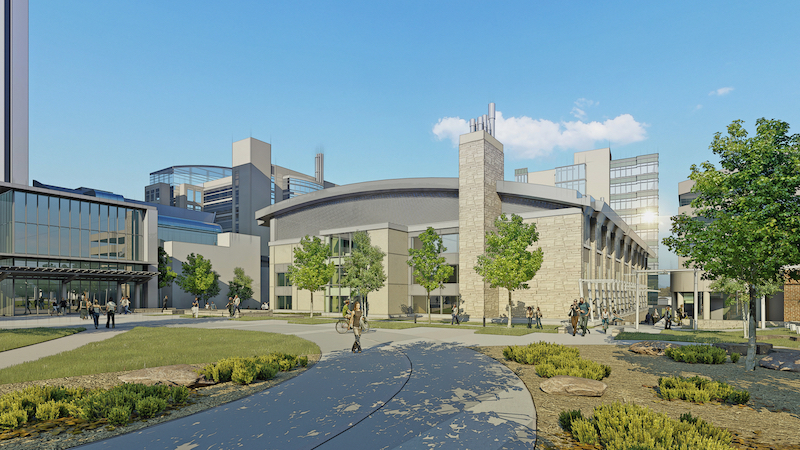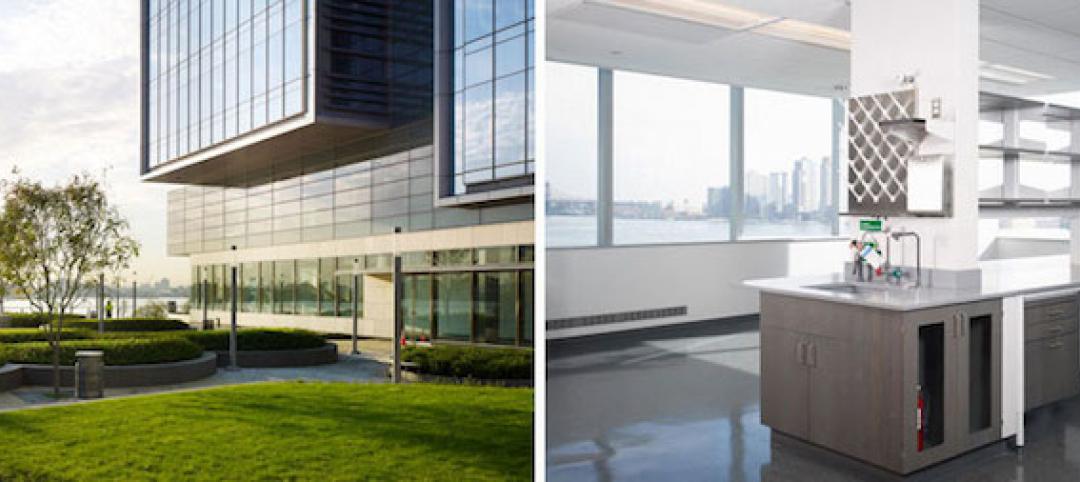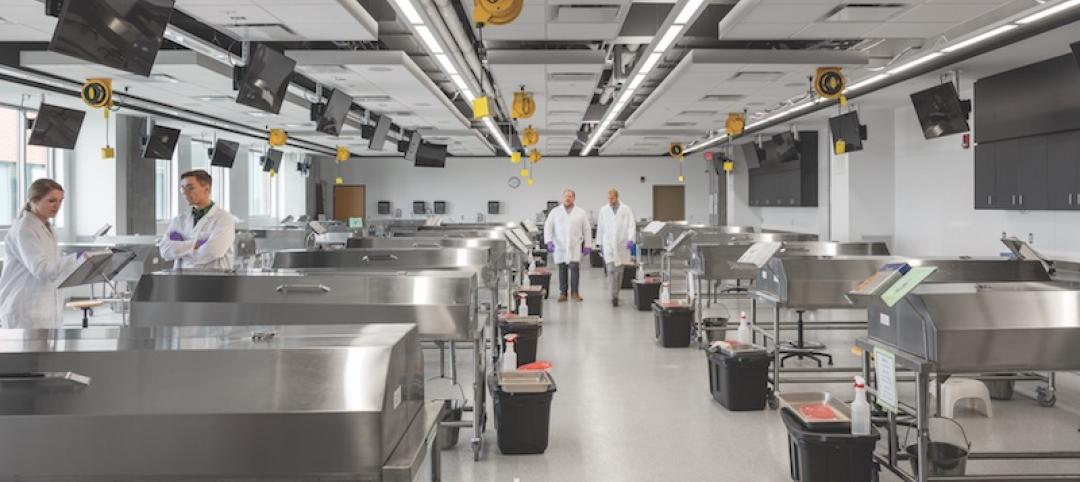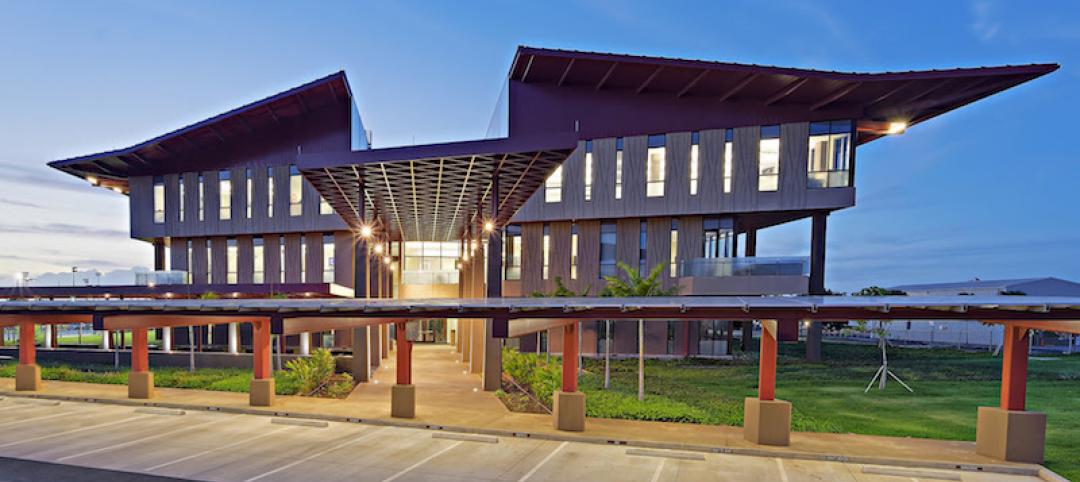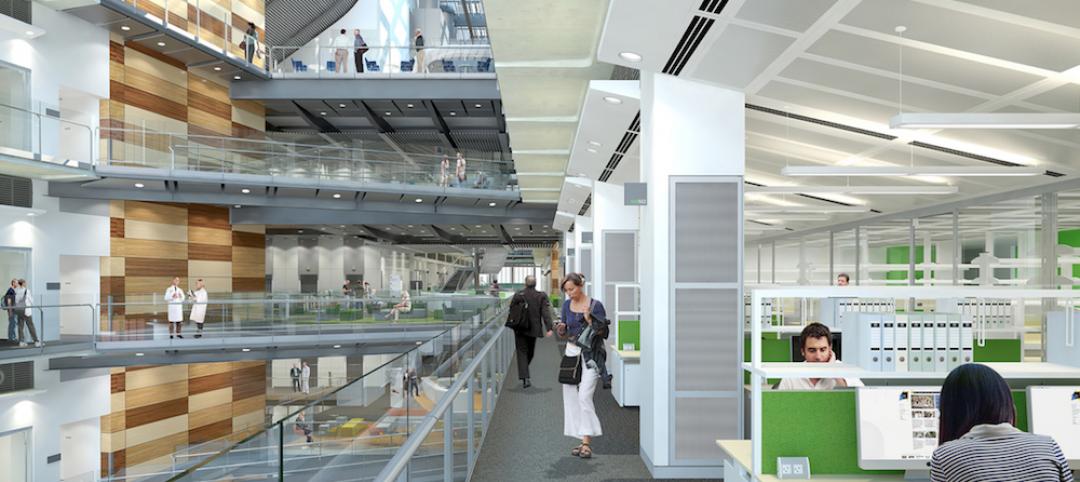Long before COVID-19 put the CDC front and center in news broadcasts around the country, plans to construct the most advanced High Containment Continuity Laboratory (HCCL) in the country had already been finalized.
The new, 160,000-sf facility will be part of the CDC’s 2025 Masterplan at the Roybal Campus in Atlanta. The multi-story research building will increase the CDC’s research capacity to sustain its diagnostic mission and support its public health mission by helping communities prepare for, detect, and respond to consequences of public health hazards. The HCCL building will be a Biosafety Level-4 (BSL-4) facility and accommodate approximately 80 laboratory researchers.
See Also: Georgia Tech Research Institute adds 350,000 sf of specialized tech facilities
As a BSL-4 facility, the project will feature high-efficiency particulate air filtered supply and exhaust air, air pressure resistant doors, pressure cascade zoning, effluent collection and treatment, pressure decay tested coatings and penetrations, and high purity breathing air and chemical decontamination showers for research staff. The new facility will connect with the existing Roybal Campus utility systems with below grade utility tunnels and a two-level bridge connection.
After completion, the HCCL will be one of three facilities in the world designed and certified to facilitate diagnostic research on specific, select viruses. The project is currently in the reconstruction/design phase with construction planned to begin in early 2021. Flad Architects, Page Southerland Page, and WSP will plan, program, and design the HCCL with McCarthy Building Companies as Construction Manager as constructor (CMc). HERA lead programming for the HCCL and is a part of the overall design effort.
Related Stories
Laboratories | Sep 12, 2017
New York City is positioning itself as a life sciences hub
A new Transwestern report highlights favorable market and regulatory changes.
Laboratories | Aug 3, 2017
Today’s university lab building by the numbers
A three-month study of science facilities conducted by Shepley Bulfinch reveals key findings related to space allocation, size, and cost.
Laboratories | Jul 18, 2017
Pfizer breaks ground on new R&D campus in St. Louis suburb
The facility will consolidate the company’s local workforce, and provide flexible work and research spaces.
Building Team Awards | Jun 12, 2017
The right prescription: University of North Dakota School of Medicine & Health Sciences
Silver Award: North Dakota builds a new medical/health sciences school to train and retain more physicians.
Laboratories | Apr 13, 2017
How to design transformative scientific spaces? Put people first
While most labs are designed to achieve that basic functionality, a transformational lab environment prioritizes a science organization’s most valuable assets: its people.
Laboratories | Sep 26, 2016
Construction has finished on the world’s largest forensic anthropology lab, designed by SmithGroupJJR
The lab’s main purpose will be to help in the investigation, recovery, and accounting of Americans lost in past wars.
Laboratories | Aug 8, 2016
The lab of the future: smaller, flexible, tech-enabled, business focused
A new CBRE report emphasizes the importance of collaboration and standardization in lab design.
Laboratories | Jun 16, 2016
How HOK achieved design consensus for London's Francis Crick Institute
The 980,000-sf, $931 million facility is the result of a unique financing mechanism that brought together three of the U.K.’s heaviest funders of biomedical research—the Medical Research Council, Cancer Research UK, and the Wellcome Trust—and three leading universities—University College London, Imperial College London, and King’s College London.


